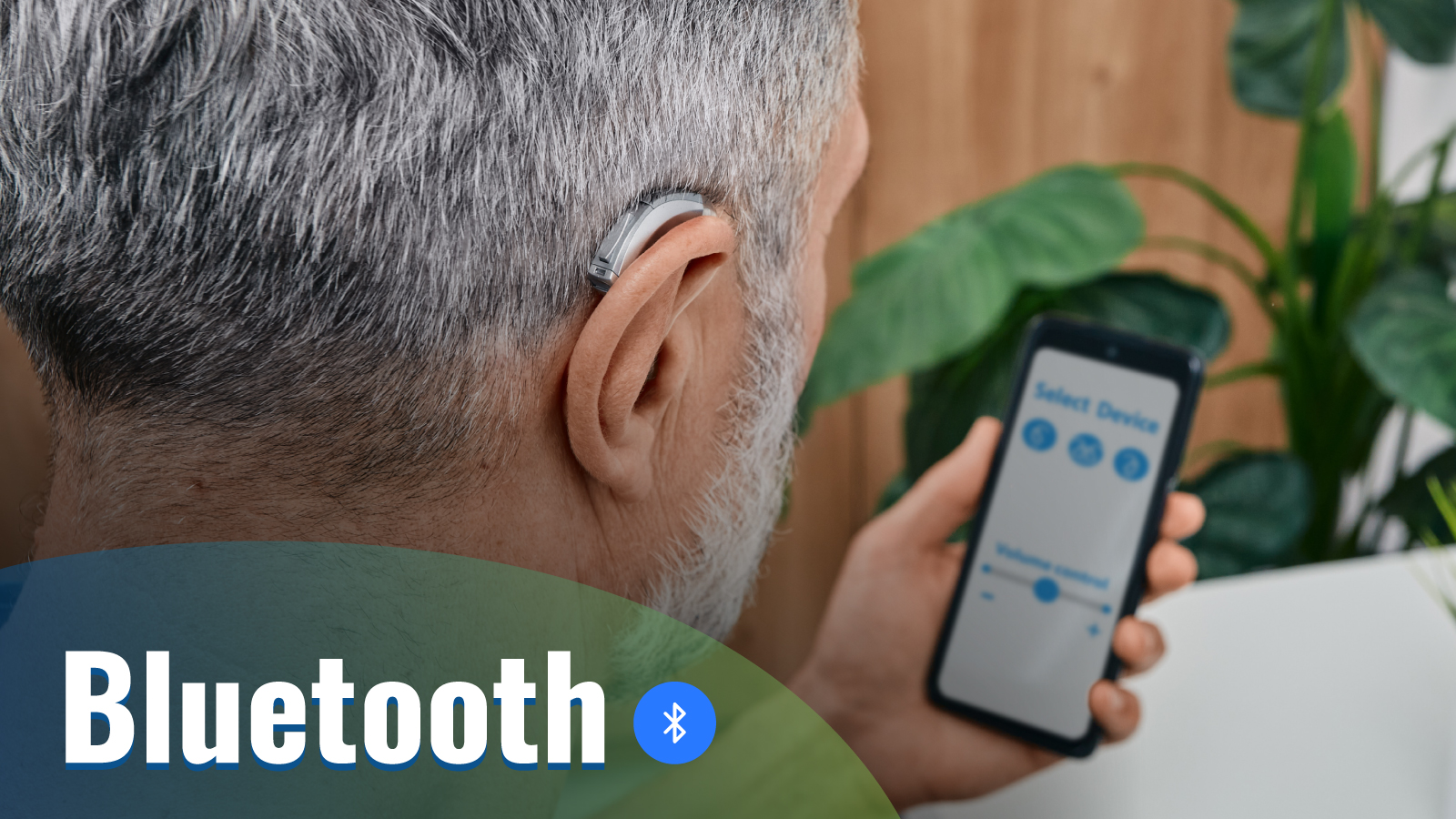
Update: Bluetooth 5 Reaches 93.76% in 2024 Q2
Bluetooth 5 marks a major step forward for software developers working on connected devices that need a range of features. Bluetooth 5 extends battery life, provides greater bandwidth for communication between devices, and allows greater distance between communicating devices.
Today, the partial adoption of Bluetooth 5 as a minimum standard for smartphones poses a problem for software developers. In this update of our initial report from September 2021, we show that growth in adoption of Bluetooth 5. Partial adoption limits software developers’ ability to fully leverage the capabilities of the newer Bluetooth 5 standard.
Based on actual smartphone usage data for the USA and Canada, 93.76% of usage comes from devices that are using Bluetooth 5 or above as of 2024 Q2. The remainder largely use Bluetooth 4.x variants. The good news for connected medical device makers is that by the end of 2024, it is projected that 95% of the US/Canada smartphone market will have Bluetooth 5.

Medical Software and Device Manufacturers
Android represents the largest segment that is not running Bluetooth 5 or above yet. Android devices with Bluetooth 5 or above grew from 58.20% in 2021 Q1 to 87.76% in 2024 Q2.
Between 2021 Q1 and 2024 Q2, Android added 29.56%. Replacement of older Android smartphones drove this growth.
The remaining 12.24% of smartphones that do not have Bluetooth 5 or above are older or cheaper devices. In fact, 82.76% of these smartphones below Bluetooth version 5 are 37 or more months old. It is highly likely that a large portion of these old smartphones will be upgraded and replaced in the next year with a new phone with Bluetooth 5 or above.
For more information, either visit the updated report at mddionline.com or download the full MOVR report for 2024 Q2.









